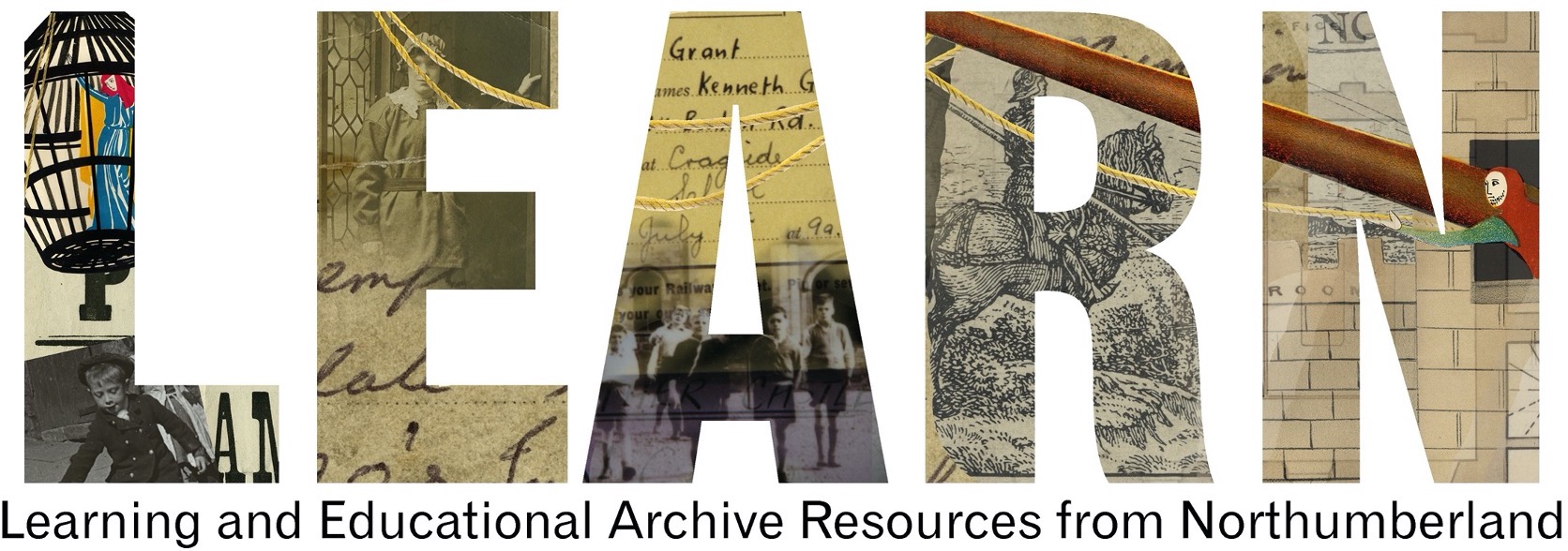Handy Hints Guide for Reading and Transcribing Old Documents
Suggested age groups: KS2, KS3, KS4, Lifelong Learneres
Subject areas: Handwriting, Palaeography
Handy Hints Guide
Hints for transcribing documents and how you should set our your transcript.
- Do not have any preconceptions of what a word might be. To start with, each letter should be read individually to help you recognise the letter forms.
- Remember that just as today, everyone had their own individual style of handwriting – no two people write the same way. This means that although alphabets have been published for different styles of handwriting (e.g. secretary hand), they can only act as a guide because every writer develops their own flourishes and variations on letter forms.
- For this reason, use the document you are transcribing as the definitive tool to establish letter forms. This can be done by finding an unrecognised letter form in a word which has already been transcribed. Comparison is the key.
- Spelling in the past was phonetical and not standardised. Therefore, the same word can be spelt in many different ways, even within the one document, even as late as the 19th This can lead to confusion and false assumptions, particularly in relation to family history and the spelling of surnames. If in doubt, try and say the word, preferably with the accent of the writer. This might sound odd but it does work!
- Copy down the spelling as it appears in the original document and if the writer uses capital letters, these should also be retained. These features are all part of the makeup of the original documents and the aim of palaeography is to produce a transcript and not a translation of the original.
- If you are having difficulty reading and transcribing a particular word, there are two ways of tackling it. Firstly, try and divide down the word into its individual letter forms and transcribe them individually – it sometimes helps if you block out all the other letters so that you can only see one letter at a time. Alternatively, if this does not work, leave a space for the word and continue the transcription. Come back to it at the end to see if you can then decipher it having read and hopefully understood the rest of the document. If neither of these two methods work, do not look at the document for a couple of hours and then go back to it with a clear mind and without any preconceptions of what it should say. This often works!
- When producing a transcription of a document, use double spacing when typing it up on a computer. If you are writing it out by hand first, use a pencil and write on alternative lines – this means you have room to make any alterations, can easily rub things out and still make sense of what you have written. The double spacing makes it easier to read the transcript.
- Check over your work once you have finished to ensure that you have kept the original spelling. This is particularly important if you have typed it up on a computer – some programmes have a habit of automatically changing the spelling without you realising it! You may wish to turn autocorrect off on your computer when you are transcribing documents.
When transcribing a document, the following basic conventions should be used. Our aim is to transcribe it and not translate it into modern English:
- Contractions should be extended as far as possible and letters which do not appear in the document should be written in square brackets. The exception to this is the monetary abbreviation li, s, and d used for “£ s d”. Although in original documents contractions are often raised (superscript), they should all be lowered to the same level as the other letters. In a transcription, the use of square brackets around letters denotes that these are the ones which do not appear in the original text.
- The Anglo Saxon thorn should be written as th which are the letters it represents and not as “y” and so “ye” should be transcribed as “the”. And “yt” should be transcribed as “th[a]t.
- Capital letters should be retained in the transcript even if they seem unnecessary to the modern reader. They are part of the character of the document.
- Various conventions are used in relation to ampersand (&) which is used to represent “and” and “et” (the original Latin word for “and”). For our purposes, we shall not expand this contraction but will leave it as “&”. However, if the ampersand appears in the text with another letter (for example, “&c“), it should be expanded to “etc” to make it more understandable to the reader.
- Punctuation is often sadly lacking in documents written in the past which can make it difficult to follow the sense of what is being written. However, as this is the way that a document has been written, modern punctuation should not be added.
- Keep the original line format of the document – i.e., do not make it one continuous narrative but start a new line each time this happens in the original document.
- You may find it helpful to number all the lines when you are working on your transcript – to make sure that you don’t leave anything out. However, these should be removed in your final copy.
- Please make sure that you leave yourself time at the end to check through your work and to make sure that the computer has not modernised the spelling on you – autocorrect is a nightmare for a transcriber.
- You can use footnotes to explain your interpretation of a letter or if words have been crossed out etc. This will make more sense with practice.
OTHER ONLINE RESOURCES
Northumberland Archives page on learning to read old handwriting: https://northumberlandarchives.com/test/tag/palaeography/
National Archives page on palaeography: https://www.nationalarchives.gov.uk/palaeography/default.htm

